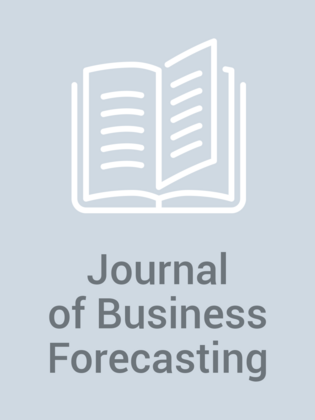Benchmarking Forecasting Errors
BENCHMARKING FORECASTING ERRORS By Chaman L. Jain, St. John’s University Every forecaster wants to know how his or her forecasting errors compare with the industry norms — better than, worse than or the same as the industry. If he or she is doing worse than the industry, then the mission is clear — something has to be done to bring down the errors, at least to the industry level. If errors are the same as or better than the industry, then the forecaster might look for the ‘Best in Class’ errors in his or her industry to decide what to aim for, which are realistic and achievable. CHARACTERISTICS OF ERRORS To fully understand the results of the survey, one has to understand the characteristics of errors, which are: 1. Generally speaking, error is lower at an aggregate level (company as a whole) than at a disaggregate (category or SKU — Stock Keeping Unit) level. The forecast error is generally lower at a category level than at a SKU level; and lower at an aggregate (company as a whole) level than at a category level. This is because in aggregation some of the under-forecasts (positive errors) are offset by the over-forecasts (negative errors), or the other way around. ...









